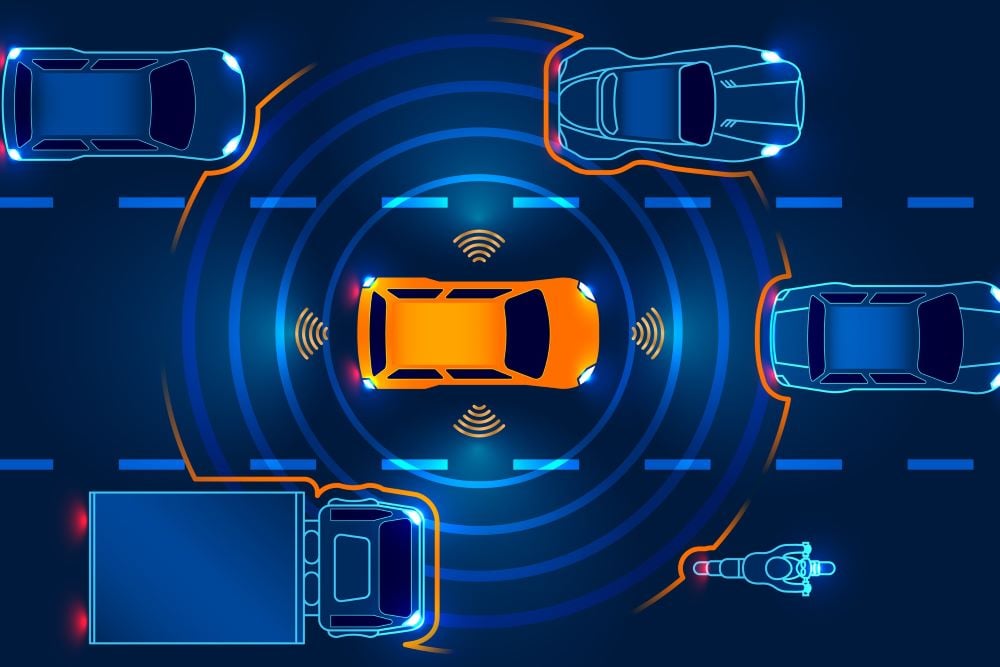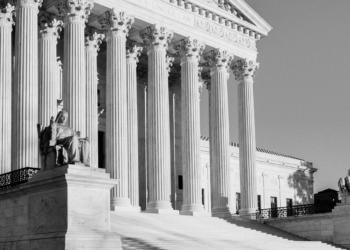As a seasoned attorney with over two decades of experience litigating accident cases, I approach the rapid emergence of autonomous vehicles driving on our public roads with measured skepticism. The premature rollout of immature technology which lacks rigorous safeguards poses deeply concerning and unanswered liability questions.
Despite evident technological advancements with self-driving cars, otherwise called autonomous vehicles, the current state of self-driving technology has not yet instilled the confidence needed for me to entrust my own personal safety entirely to a driverless car. I maintain the unequivocal opinion that I would not willingly occupy an autonomous vehicle without a human driver at the helm.
In the unfortunate event of a person suffering an injury caused by an autonomous vehicle, and that person becomes a client, a critical question emerges: against whom do you file the lawsuit? Is it the manufacturer of the vehicle, the software developer, or both? How about the individual who owns the vehicle for not downloading the latest update, or the last service center or dealership that interacted with the driving system? The potential finger-pointing could be endless.
We must also consider the causes for such action, would be it negligence or product liability?
Determining the cause for legal action raises additional questions—negligence or product liability? Recent incidents halting pilot programs in Texas and California highlight the inadequacies in protecting passengers and fellow motorists. While autonomous driving innovation holds long-term promise, it requires prudent guidance to balance advancement with ethical accountability during this interim period.
Testing self-driving automobiles on crowded urban streets which only equates to the unavoidable tragedies occurring today for the sake of some speculative benefits tomorrow. Developers make impressive strides in teaching sensors and automation to handle predictable environments, however, we must not be blind that driving requires confronting unpredictable scenarios with chaotic variables.
Companies such as Cruise should reinforce oversight protocols before unleashing further open-road testing among unwitting populations.
In an industry aspiring to improve mobility safety, allowing preventable collisions during negligence road testing undermines public trust in the short and long term. Safety and lives matter more than being the first to market.
Manufacturers also face swelling legal exposure on the pathway to an envisioned autonomous future. With no negligent human driver to target in lawsuits, victims of crashes involving driverless cars will pursue strict product liability claims against automakers and software designers directly. It’s yet to be tested as to the courts willingness to explore reasonable benchmarks around safety requirements for autonomous driving vehicles.
This issue cannot go unaddressed for long, considering self-driving cars share roads with human-operated cars. Without regulatory guidance on baseline standards, future juries may set unrealistic levels for “defectiveness,” hindering sustained innovation economically.
Class action litigation originating from documented cases of systemic software glitches or sensor failures offers one logical mechanism for establishing reasonable manufacturer accountability, yet still leaves individual victims battling corporate legal armies with vast resources.
Policymakers at federal and state levels grapple with harmonizing risk management regulations without impeding research and development. Excessively burdensome restrictions on autonomous vehicle testing may delay life-saving advancements, but inadequate safeguards risk permanently dimming public faith in the technology’s maturity following inevitable mishaps.
Collaboration between developers and governments in co-designing consistent safety guidelines offers a reasonable pathway toward responsible oversight and measured advancement.
A contention I view approaching close on the horizon is the conflicting regulation from one state to another when it comes to governing, testing requirements, and deployment protocols. This could easily enable legal forum shopping without assertive federal guidance and standards.
Autonomous driving technology, if responsibly created and regulated, holds incredible promise to one day radically transform transportation safety for the betterment of society. Realizing this potential requires patience and dedication across public and private sectors, acting responsibly through evidence-based, incremental steps—not arbitrary timetables or quotas aimed at meeting shareholder expectations.
Let’s commit to prioritizing the welfare of human lives throughout this transitional period. Self-driving vehicles may yet pave the way to an exciting new era of mobility, but without vigilant prudence embedded into the emerging ecosystem, we risk swerving tragically off course. Drive safely – your loved ones love you.










